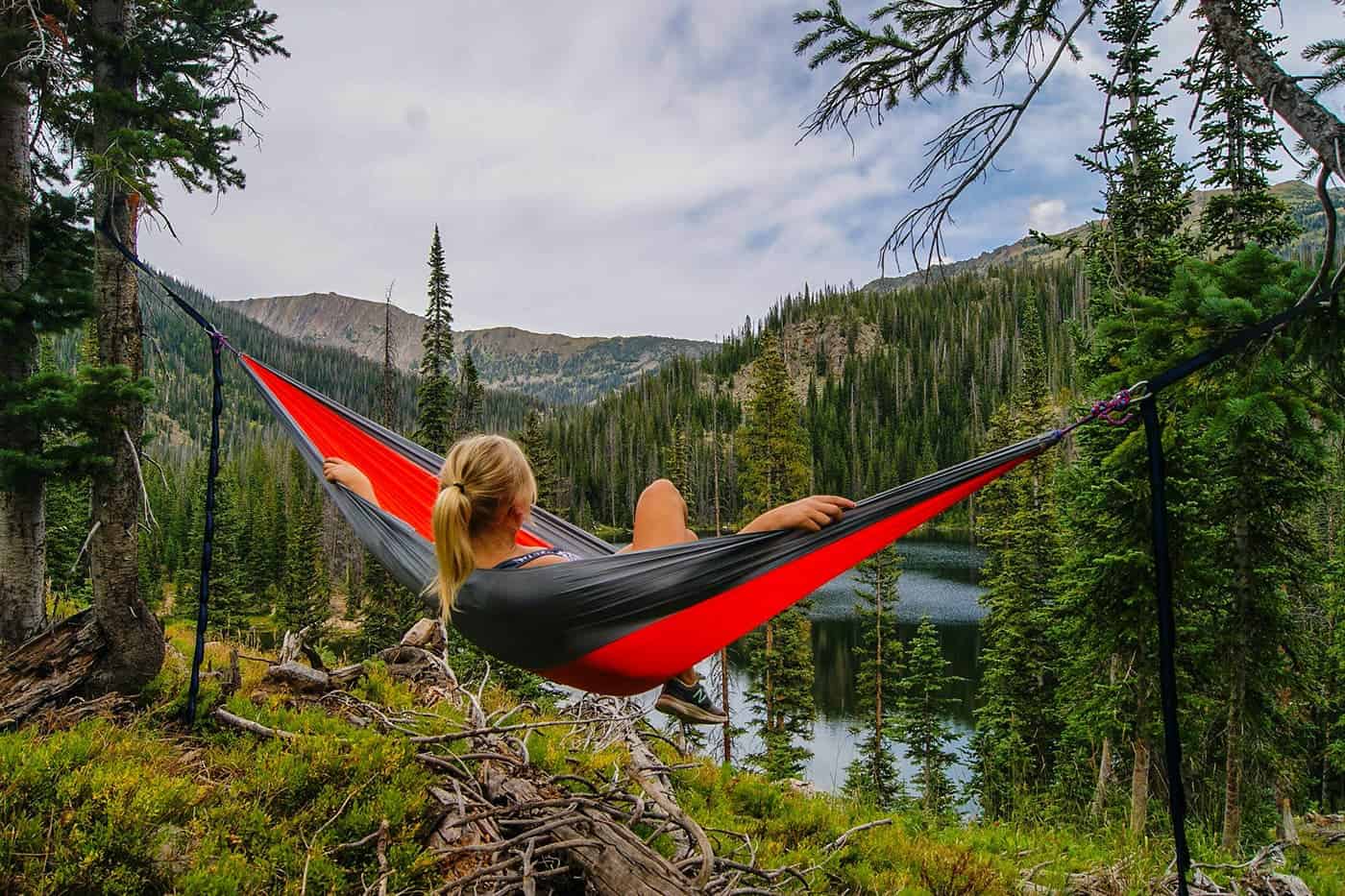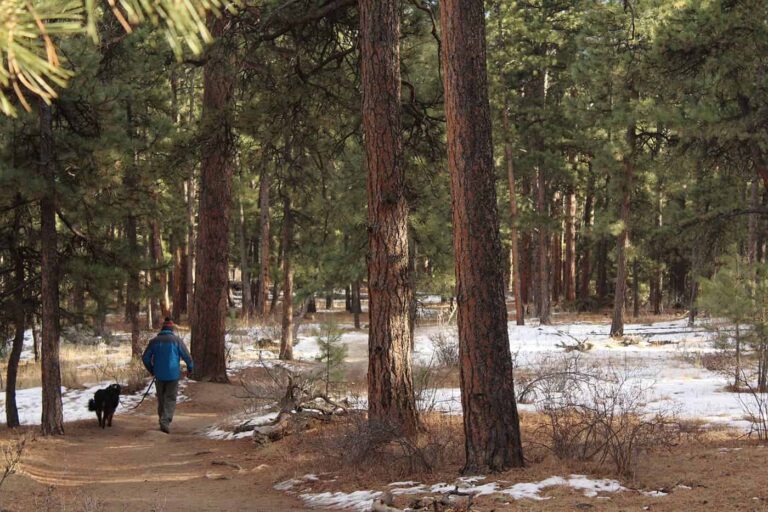Trekking Safely with Sherpas: A Comprehensive Safety Guide
Embark on a thrilling adventure through the majestic Himalayas with the help of experienced Sherpas. In this comprehensive safety guide, we’ll equip you with essential knowledge and tips to ensure a secure and enjoyable trekking experience. From preparing for your journey to navigating challenging terrains, we’ve got you covered. Let’s delve into the world of trekking safely with Sherpas!
Introduction
Trekking in the Himalayas is a dream come true for many outdoor enthusiasts. The breathtaking landscapes, towering peaks, and vibrant culture make it an experience of a lifetime. However, venturing into such rugged terrain comes with its share of risks and challenges. This comprehensive safety guide aims to provide you with the necessary information to navigate through the mountains while ensuring your well-being. By partnering with Sherpas, the local experts, you’ll gain invaluable insight and support to make your trek safe and memorable.
Why Choose Sherpas for Your Trek?
The Sherpa people, renowned for their mountaineering skills and deep knowledge of the Himalayas, have been guiding adventurers for decades. Their expertise and familiarity with the terrain make them the ideal companions for a safe and successful trek. Here are a few reasons why choosing Sherpas is crucial for your trekking expedition:
- Local Knowledge: Sherpas possess an intimate understanding of the Himalayan region, including its weather patterns, terrain features, and hidden dangers. Relying on their expertise can significantly enhance your safety.
- Cultural Connection: Sherpas not only serve as guides but also provide a bridge to the rich local culture. Engaging with them offers a unique opportunity to learn about traditions, rituals, and the Sherpa way of life.
- Altitude Experience: The Sherpa people have a genetic advantage when it comes to acclimatizing to high altitudes. Their ability to thrive in such environments is invaluable when navigating through challenging terrain.
- Safety Precautions: Sherpas are well-versed in assessing risks and taking necessary precautions. They can guide you through potential hazards and ensure your safety throughout the trek.
Preparing for Your Trek
Before embarking on your trekking adventure, proper preparation is essential. This section covers crucial aspects to consider when getting ready for your journey:
Physical Fitness and Training
Maintaining a good level of physical fitness is crucial for trekking in the Himalayas. The challenging terrains and high altitudes demand endurance and stamina. Prior to your trek, focus on activities that enhance cardiovascular fitness and build strength in your legs and core. Some effective training options include:
- Hiking: Regular hiking on varied terrains will help prepare your muscles and cardiovascular system for the challenges ahead.
- Strength Training: Incorporate exercises like squats, lunges, and planks to build leg and core strength.
- Cardiovascular Exercise: Engage in activities such as running, cycling, or swimming to improve your cardiovascular endurance.
Acclimatization and Altitude Sickness
As you ascend to higher altitudes, the air becomes thinner, and the risk of altitude sickness increases. Acclimatization is the process of adapting your body to these conditions gradually. Follow these guidelines to minimize the risk of altitude sickness:
- Gradual Ascent: Ascend slowly, allowing your body time to adjust to increasing altitudes. Avoid rapid altitude gain, which significantly raises the risk of altitude sickness.
- Hydration: Drink plenty of fluids to stay hydrated, as dehydration can worsen altitude sickness symptoms. Aim for at least three to four liters of water per day.
- Proper Nutrition: Maintain a balanced diet, rich in carbohydrates and moderate in protein, to provide your body with the energy it needs.
- Awareness of Symptoms: Familiarize yourself with the signs of altitude sickness, such as headaches, nausea, dizziness, and fatigue. If you experience any symptoms, it’s important to communicate with your Sherpa guide.
Gear and Equipment
Investing in high-quality gear and equipment is crucial to ensure your safety and comfort during the trek. Here’s a checklist of essential items to pack:
- Trekking Boots: Choose sturdy, well-fitting boots with ankle support to protect your feet on rugged terrain.
- Layered Clothing: Pack lightweight, moisture-wicking clothing that can be layered for warmth. Include a waterproof and windproof outer layer.
- Sleeping Bag: Invest in a sleeping bag suitable for cold temperatures encountered at higher altitudes.
- Backpack: Opt for a comfortable and adjustable backpack to carry your gear. Ensure it has a waist strap for proper weight distribution.
- Headlamp: A reliable headlamp is essential for navigating during early morning or evening treks.
- First Aid Kit: Carry a well-stocked first aid kit, including altitude sickness medication, bandages, pain relievers, and any personal prescription medications.
Navigating Challenging Terrains
Trekking in the Himalayas presents various challenging terrains that demand caution and skill. Here, we’ll explore different types of terrains you may encounter and tips for navigating them safely:
High Mountain Passes
High mountain passes offer awe-inspiring views but require careful navigation due to their steep slopes and potential exposure to extreme weather. Follow these guidelines when crossing high passes:
- Weather Monitoring: Keep a close eye on weather forecasts and consult your Sherpa guide before attempting a pass. Avoid crossing during severe weather conditions.
- Proper Footing: Take small, deliberate steps and maintain a stable footing while ascending or descending the pass.
- Carry Sufficient Water: Water sources may be scarce in high-altitude regions. Ensure you carry an ample supply of water to stay hydrated.
- Use Trekking Poles: Trekking poles provide stability and support on steep slopes. Utilize them for balance during challenging sections.
Glacial Crossings
Glacial crossings present unique challenges, as you navigate through icy surfaces and crevasses. Here’s how to safely cross glaciers:
- Rope Team: When crossing a glacier, travel as part of a roped team, ensuring everyone is adequately trained in crevasse rescue techniques.
- Crampons and Ice Axes: Use crampons on your boots to gain traction on icy surfaces. Carry an ice axe for self-arrest in case of a slip.
- Glacial Knowledge: Rely on your Sherpa guide’s expertise to identify safe routes and avoid hazardous areas prone to crevasses.
- Glacial Meltwater: Be cautious of glacial meltwater streams and avoid stepping on weak ice. These streams can hide crevasses underneath.
FAQs
Q: How do Sherpas acquire their mountaineering skills?
Sherpas inherit mountaineering skills and knowledge from their ancestors. Growing up in the Himalayas, they are exposed to the terrain from an early age, honing their mountaineering abilities over time.
Q: Are Sherpas required for every trek in the Himalayas?
While Sherpas are not mandatory for every trek, their expertise significantly enhances safety and the overall experience. Novice trekkers or those venturing into remote regions are strongly advised to hire Sherpa guides.
Q: Can I trek in the Himalayas without any prior hiking experience?
While prior hiking experience is beneficial, many Himalayan treks are suitable for beginners. Opt for well-established trekking routes and ensure you have proper physical fitness and acclimatization.
Q: How do Sherpas ensure safety during treks?
Sherpas prioritize safety through various measures, including assessing weather conditions, identifying safe routes, providing guidance on altitude sickness, and being equipped with essential rescue techniques.
Q: How much should I tip my Sherpa guide?
Tipping practices may vary, but it is customary to show appreciation for your Sherpa’s guidance and support. Consider tipping around 10-15% of the total cost of your trek.
Q: Can Sherpas communicate in English?
Most Sherpas have a good command of English, as it is essential for their role as guides. You’ll be able to communicate effectively with them throughout your trek.
Conclusion
Embarking on a trek in the Himalayas is an exhilarating adventure that requires careful planning and the guidance of experienced Sherpas. With their expertise, you can navigate challenging terrains, ensure proper acclimatization, and prioritize safety throughout your journey. By preparing adequately, respecting the mountains, and relying on the knowledge of Sherpas, you can trek safely and create lifelong memories in the awe-inspiring Himalayan region.


